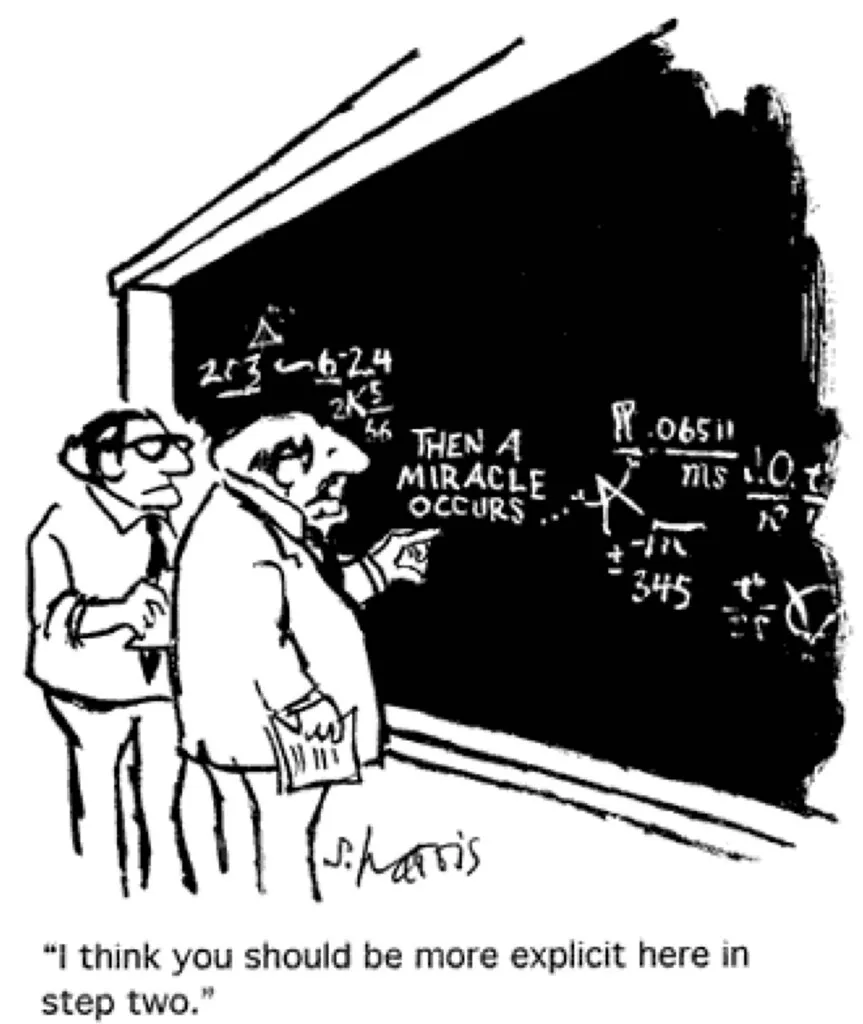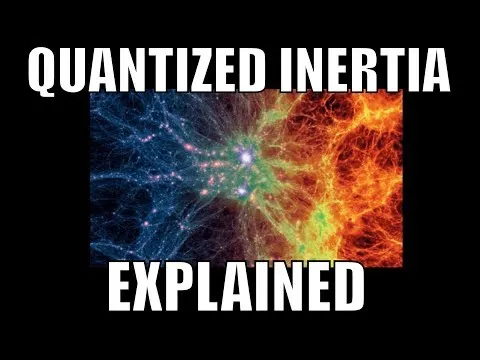This content was deleted by the author. You can see it from Blockchain History logs.
Questioning Quantized Inertia
Quantized Inertia is a theory in physics that could subplant the theory of dark matter and dark energy as well as unify gravity with quantum mechanics (a very bold assertion). It is the current popular theory de jure, much like how pilot-wave theory got popular on social media. It still has a long way to go before it becomes accidemically accepted, if ever.

The basics are as follows:
- a) Classical Inertia is a property of matter. In order for matter to accelerate, it must overcome its inertia. In order for matter to decelerate, it must also overcome its inertia. This is why a train takes two or three miles to stop. The kinetic energy stored in the train must be translated somewhere else.
- b) Quantized Inertia is theorized to result from acceleration (and declaration) which causes a subtle radiation differences between the direction of movement and a horizon. As an analogy, imagine a boat over water at high speeds where water behind you gets less wavy, as a function of relative motion in the water, and higher acceleration exaggerates this effect.
The connection between a) and b) requires some math that I don't understand.

Actually, some of this is intuitive. Quantized inertia asserts that there's a minimum and maximum acceleration. Physicists already accept the notion of a minimum length (planck length). So to me, it's intuitive that there would also be a minimum acceleration.
As for a maximum length, cosmologists might assert this is the size of the universe, or maybe the size of the visible universe. And this is also intuitive to Quantized inertia because part of the theory already incorporates the Hubble Constant (a component used to express the rate of apparent expansion of the universe relative to an observer).
Here's a recent video on the subject, so you can try to wrap your head around it:

With the above in mind, here's what I want to know. I've had some of these questions in a draft for a while and, as it turns out, are now possibly related to QI.
My Questions
- What happens to a pair of virtual photons that form in space that is expanding faster than light? E.g.: one photon forms opposing the expansion, while the other forms with the expansion.
- Turns out this is somewhat similar to the theoretical Rindler Horizon in inertial frames.
- Can dark matter become a black hole? Since it only interacts with ordinary matter, is it possible that the first “visible” indication of dark matter is x-rays from the accretion disk of a black hole? In fact, since most matter in the universe is supposed to be dark matter, wouldn’t that imply that most black holes are formed from dark matter?
- Does Quantized inertia also imply/predict a maximum acceleration? E.g., assume an object accelerates at a rate that brings the rindler horizon immediately behind the object, such that any additional acceleration would cause the rindler horison to "overtake" the object.
- Does Quantized inertia explain the expansion of the universe? If the universe is small, but there's a lot of accelerating mass, thus a lot of inertial mass, could this translate to pressure for the universe to expand?
- Is unruh radiation light?

